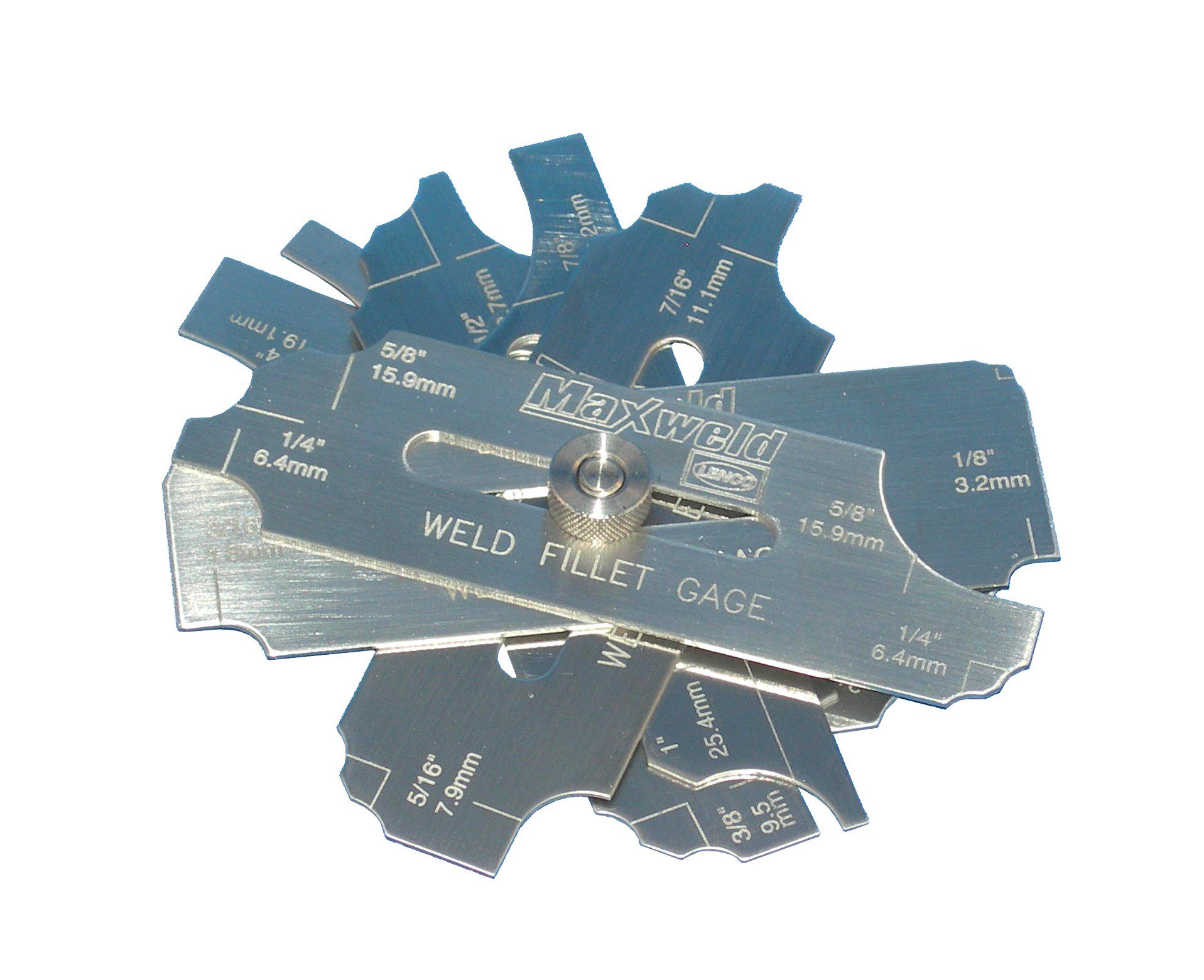Understanding Gauge Fillet Weld: A Comprehensive Guide for Welders
Understanding Gauge Fillet Weld: A Comprehensive Guide for Welders
Blog Article
Fillet Weld Design Strategies: Enhancing Joint Efficiency and Looks for Structural Integrity
In the world of architectural design and construction, the importance of fillet weld style approaches can not be overstated. By carefully considering factors such as weld account optimization, product choice, joint prep work strategies, welding procedure performance, and aesthetic improvement engineers, methods and makers can attain an unified balance in between capability and look in their welded frameworks.
Weld Profile Optimization


Accomplishing an optimal weld profile includes a meticulous consideration of factors such as product density, joint arrangement, welding placement, and wanted welding speed. Additionally, the selection of proper welding criteria, such as voltage, current, and travel rate, is fundamental in regulating the shape and measurements of the fillet weld. Utilizing innovative welding techniques, such as pulse welding or robotic welding, can even more fine-tune the weld profile to meet details layout needs and quality requirements.
In essence, weld profile optimization is a fundamental element of fillet weld style that straight affects the overall efficiency and reliability of bonded joints in architectural applications.
Material Selection Considerations
When thinking about material selection for fillet weld style, the compatibility of the base metals is a crucial element influencing the structural integrity of the joint. It is necessary to choose materials that not only weld together effectively yet likewise have comparable mechanical homes to make certain the lots is equally dispersed between the base and the weld metals. Welding materials with significantly various residential or commercial properties can cause problems such as tension concentrations, premature joint failure, or cracking.
Additionally, the setting in which the welded framework will certainly operate have to be considered when choosing products. Aspects like deterioration resistance, temperature variations, and direct exposure to chemicals can all affect the longevity and efficiency of the weld joint. By picking materials that are suitable for the intended application and environment, the general resilience and reliability of the bonded joint can be considerably enhanced.
For that reason, comprehensive consideration of material compatibility and ecological factors is paramount in guaranteeing the weld joint's stamina, toughness, and total structural stability.

Joint Preparation Strategies
Considering the vital role material selection plays in making certain the architectural stability of fillet weld joints, it is vital to carry out precise joint prep work methods that optimize the link in between the base metals. Joint prep work is a critical action that straight influences the quality and toughness of the weld. One fundamental method is the cleansing of base steels to remove any kind of pollutants like corrosion, oil, or paint that can compromise the weld's integrity. This can be attained via methods such as grinding, cable brushing, or chemical cleaning.
In addition, appropriate fit-up of the joint is vital to guarantee consistent circulation of the welding product and prevent defects like insufficient penetration or too much accumulation. Beveling the sides of the base steels can produce a groove that enables deeper weld infiltration and a stronger bond. Furthermore, tack welding the parts in position prior to the final weld assists maintain positioning and reduces distortion throughout the welding procedure. By carefully following these joint prep work methods, welders can boost the total performance and visual appeals of fillet weld joints while ensuring structural strength.
Welding Process Efficiency
Effective welding procedures are vital for attaining optimal efficiency and quality in fillet weld fabrication. One vital aspect of improving welding procedure effectiveness is selecting the proper welding strategy. Elements such as material kind, joint style, and welding setting should be thoroughly considered to figure out the most ideal method. For circumstances, procedures like gas metal arc welding (GMAW) and flux-cored arc welding (FCAW) are generally used for fillet welds as a result of their convenience and speed (Gauge Fillet Weld).
Routine calibration of welding makers, examination of consumables, and upkeep of welding torches can stop downtime and rework, ultimately conserving time and resources. Trained welders are more proficient at readjusting specifications, troubleshooting problems, and preserving consistent weld top quality.
Visual Improvement Techniques
To enhance the top quality of fillet weld fabrication, applying visual improvement methods can play a vital duty in ensuring precision and accuracy during the welding procedure. Aesthetic help such as weld dimension evaluates and magnifying lenses can help in assessing weld profiles and dimensions precisely. By incorporating these visual enhancement methods right into the welding procedure, welders can achieve not only structurally sound fillet welds however likewise visually attractive results that fulfill market requirements.

Final Thought
In verdict, maximizing fillet weld style involves cautious consideration of visit weld profile, material selection, joint prep work, welding procedure effectiveness, and visual enhancement methods. By carrying out these approaches, structural stability can be boosted while additionally accomplishing visual charm. It is crucial to focus on both performance and looks in fillet weld design to make certain the overall top quality and sturdiness of the joint.
By thoroughly considering aspects such as weld account optimization, material selection, joint preparation methods, welding procedure performance, and Home Page aesthetic enhancement approaches, makers and designers can attain a harmonious equilibrium between performance and look in their bonded structures.In the realm of fillet weld design, maximizing the weld profile plays a crucial duty in guaranteeing architectural honesty and efficiency. The weld account, which consists of the size and shape of the weld cross-section, straight affects the circulation of tension and load-bearing capacity within the joint. It is vital to pick products that not just weld with each over here other effectively but also possess similar mechanical properties to ensure the tons is uniformly dispersed in between the base and the weld metals - Gauge Fillet Weld.In verdict, maximizing fillet weld design includes cautious consideration of weld profile, product choice, joint preparation, welding procedure performance, and aesthetic enhancement techniques
Report this page